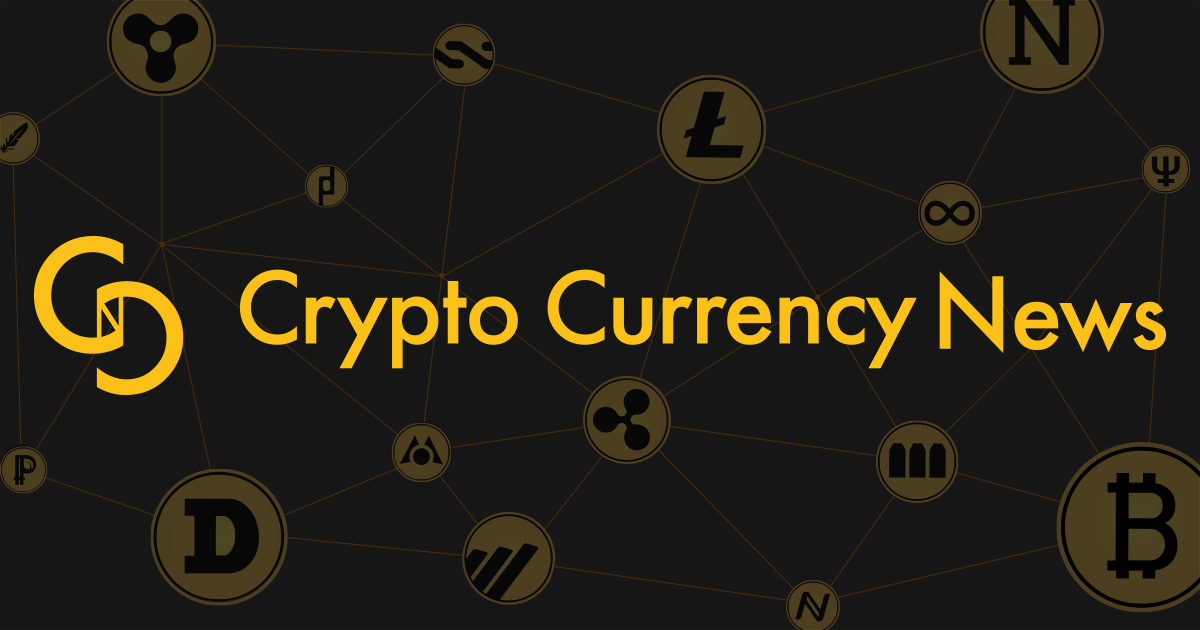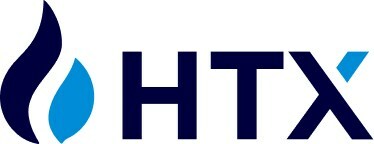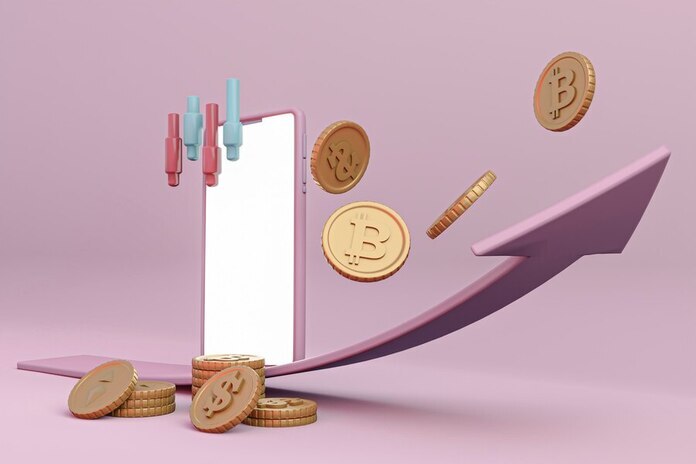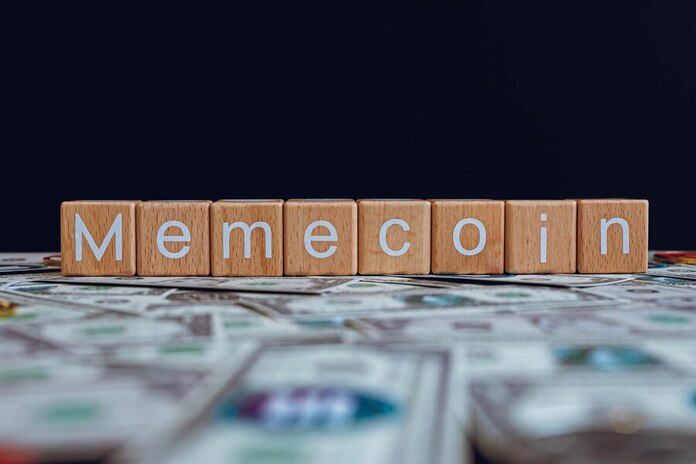DOJ Crypto Policy Shift Marks Softer Stance
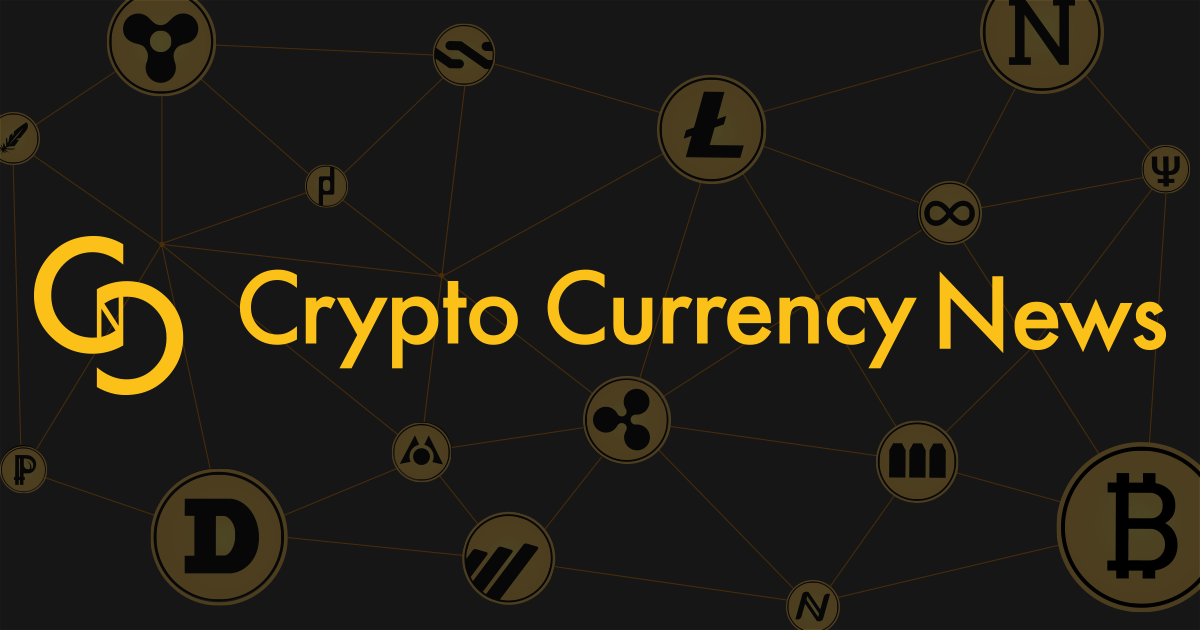
The U.S. Department of Justice (DOJ) has announced a major change in how it handles cryptocurrency-related cases, highlighting what many are calling a DOJ crypto policy shift. This new approach signals that the government will step back from targeting developers of decentralized platforms who create software without criminal intent.
Acting Assistant Attorney General Matthew Galeotti confirmed the change during remarks at a crypto summit in Wyoming, saying, “Our view is that merely writing code, without ill-intent, is not a crime.” The comment underscores a wider move away from bringing charges for failing to register as a money transmitter business, an issue that has long been a point of friction between regulators and the crypto community.
Money Transmitters and Crypto Regulation
Traditional money transmitters like Western Union (NYSE:WU) and payment apps such as Venmo operate under strict licensing rules. They are required to vet customers and report suspicious transactions to help prevent money laundering.
For years, the same regulatory standards have been debated in the cryptocurrency sector, especially regarding decentralized exchanges. These platforms, unlike centralized ones, do not directly control user funds or transactions. As a result, enforcing traditional compliance rules has proven complicated.
The DOJ crypto policy shift effectively acknowledges that developers writing code for decentralized finance (DeFi) applications are not the same as operators running a money transmitting business. This distinction could have significant implications for how innovation continues in the crypto space.
Tornado Cash and the Developer Question
The policy change comes on the heels of a controversial case involving Tornado Cash, a privacy-focused protocol that makes crypto transactions harder to track. A jury recently found Roman Storm, a co-founder, guilty of conspiring to operate an unlicensed money transmitting business. However, the jury deadlocked on charges related to money laundering and sanctions evasion.
Critics of the case argue that Storm’s role was limited to creating code, not facilitating direct money transfers. The DOJ crypto policy shift appears to align with this criticism, signaling that developers should not be punished for simply building tools, provided there is no intent to commit crimes.
Still, anti-corruption advocates caution that privacy tools can make it easier for criminals to hide illicit funds, making this policy shift controversial.
Political Shifts in Crypto Oversight
This move by the DOJ reflects a broader realignment of U.S. policy toward digital assets. Under the Biden administration, prosecutors aggressively pursued crypto-related enforcement actions. In contrast, the current DOJ, under Republican President Donald Trump, has shown a willingness to roll back those efforts.
Trump’s family has been building a crypto business, further reinforcing the political backdrop behind this DOJ crypto policy shift. The Justice Department recently disbanded its dedicated crypto enforcement team, while the U.S. Securities and Exchange Commission (SEC) has also dropped several cases against crypto companies and executives.
Such developments suggest a more hands-off approach by regulators, creating an environment where the crypto sector may experience fewer legal challenges, at least in the near term.
Implications for Crypto Investors and Developers
For developers, the DOJ crypto policy shift provides some relief. By clarifying that coding alone does not make someone a money transmitter, innovators may feel more secure experimenting with decentralized platforms. This could spur greater growth in the DeFi sector and privacy protocols.
For investors, the policy could lead to renewed confidence in crypto markets, as regulatory uncertainty has often been a source of volatility. With the DOJ and SEC stepping back, companies may focus more on building products and attracting users rather than fighting legal battles.
However, risks remain. The lack of clear oversight could leave gaps for bad actors, and future administrations may reverse course once again, reigniting regulatory crackdowns.
Conclusion
The DOJ crypto policy shift marks a significant moment in the evolving relationship between U.S. regulators and the cryptocurrency industry. By stepping back from prosecuting developers, the DOJ is drawing a clear line between writing code and running financial services.
While this change may foster innovation and investor confidence, it also raises concerns about illicit finance risks. As with every stage of crypto regulation, the balance between freedom and accountability remains delicate—and subject to political winds.
Featured Image: depositphotos @ monsit
